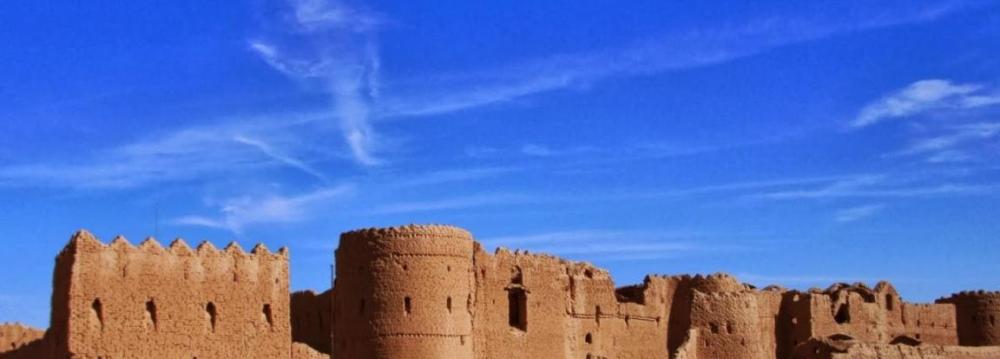Demolishing ancient heritage sites in cities to erect high-rises was denounced by participants at a meeting to promote UNESCO Asia-Pacific Awards for Cultural Heritage Conservation.
“Countries across the world do their best to publicize their historical architecture as icons of rich history and culture, in display of their national prowess and confidence,” said Mohammad Reza Saeed Abadi, secretary general of the national committee of UNESCO in Iran, IRNA reported.
He called on state officials to promote private sector participation in preserving and restoration of historical structures.
Numerous old buildings are on the brink of collapse throughout Iran, he said, and made a plea to save them through support from private owners.
Noting that many historical structures are often in private ownership, director and representative of UNESCO cluster office in Tehran Esther Kuisch Laroche explained that in conserving the heritage of Asia and the Pacific, UNESCO seeks to encourage the role of the private sector and local communities “in preserving their cultural heritage against the soaring sky-scrapers.”
“Preserving cultural heritage is the nigh impossible without the cooperation of private sector,” Laroche underlined and urged all enthusiasts to apply for the Asia-Pacific Awards 2015 by the end of March.
Since 2002, four Iranians have claimed the Asia-Pacific Award. Last year’s award was given to Majid Saryazdi, general director of Saryazd department of Iran Tourism Development Corporation, on the strength of reviving Saryazd Fortress in Khormiz rural district, Yazd Province.
The Saryazd Fortress is one of the largest defence castles in Iran’s central desert. According to experts, the initial core of the fortress was constructed during the Sassanid period, but was renovated and restored in the Safavid era. Defensive elements typical to the period such as a trench entrance, fence, winding walls and supportive towers are still visible. Rooms for temporary settlement, stores for keeping food stuffs, and stables and barns are among the most important spaces that help to paint a vivid picture of how the fortress may have been used.
Saryazdi explained that restoring historical buildings “is like reviving a dying soul.” He deemed that 22,000 visitors last Nowruz (Iranian New Year) indicated that restoring Saryazd Fortress has been effective in revitalizing the entire region.
Abolfazl Nazari, the 2005 winner of the award for restoring Zein-o-Din Caravanserai in Zein-o-din in Yazd, called for establishing a special institution to attend to historical buildings that incorporates all national winners of the award. “Basic water and electricity utilities were lacking at the time we started the restoration process, but now the place is a prosperous cultural and recreational tourist resort,” he noted.
Reza Ghanei, the architect who won the 2002 award for restoration of Polsheer House in Isfahan said “there are scores of potential tourist attractions that will soon turn into ruins if neglected longer.” He also suggested the award not be exclusive to conservation projects, but include those who have dedicated a lifetime to preserving cultural heritage.
The UNESCO Asia-Pacific Awards for Cultural Heritage Conservation were established in 2000 to recognize and encourage private efforts and public-private initiatives in successfully restoring structures of heritage value in the region.
Since 2000, UNESCO has received 562 entries from 24 countries, spanning a wide range of conservation projects from family homes to palace complexes. A total of 174 projects have received UNESCO Heritage awards for conservation. In addition, 9 projects have been honored with the Award for New Design in Heritage Contexts, which recognizes contemporary architectural design in a heritage context.


